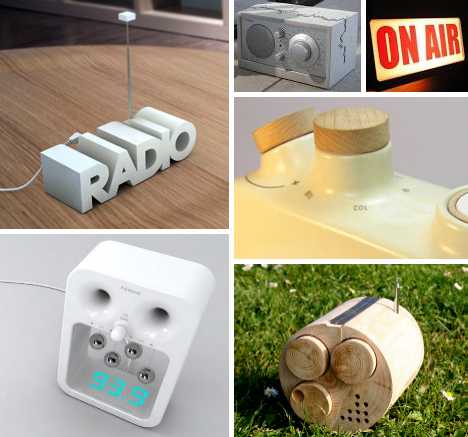
The long history of radio and radios has progressed from polished wood, vacuum tube powered monstrosities through cheap Japanese transistor models to bass-pounding inner city “ghetto blasters” and finally sleek digital, satellite and internet receivers. These 15 cool & quirky radio design concepts provide a glimpse of this classic medium’s future while giving a respectful nod to its historic past.
MintPass Stackable Words Radio
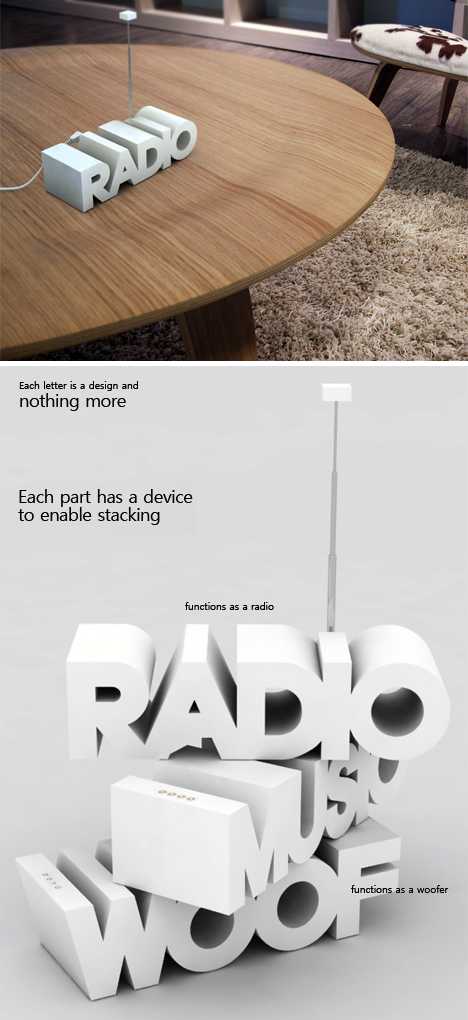 (images via: Yanko Design)
(images via: Yanko Design)
The “Used as Read” series of stacking audio components from MintPass takes almost all of the guesswork out of assembling one’s home audio system – simply chose, stack and connect the wires at the back. Even the remote control follows this design aesthetic: it’s shaped like the word “remote”.
Radio Ball Concept
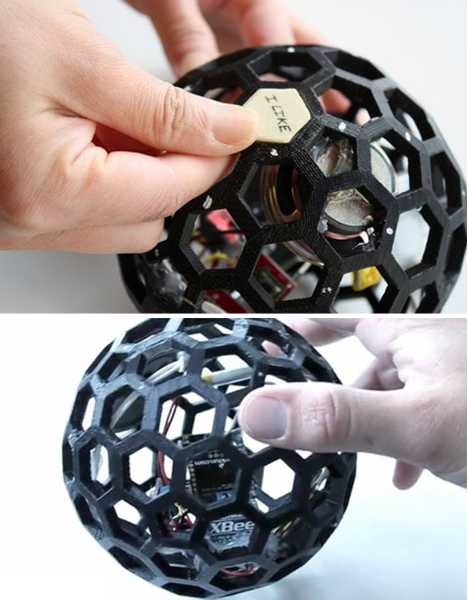 (images via: Gadget Review and Gajitz)
(images via: Gadget Review and Gajitz)
One of the great joys offered by old-time radios was the thrill of exploration: slowly dialing up and down through the frequencies and (hopefully) stumbling upon some hidden jewel of a station playing YOUR kind of music, comedy or drama. The Radio Ball concept by Benoit Collette and Adam Kumpf of design group Teague was created to recapture the tactile, intimate & interactive thrill that seems to have been lost in the rush to digitization and automation. That’s just how it rolls.
Radio Valerie
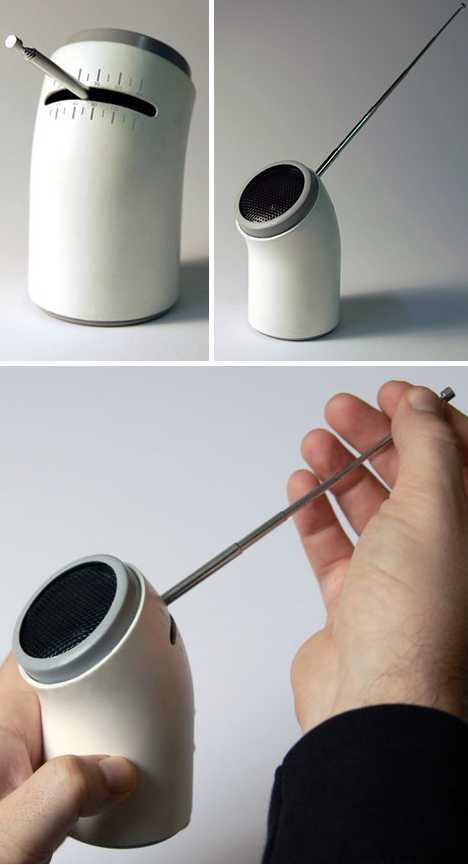 (images via: The Art Of Science and WIRED/GadgetLab)
(images via: The Art Of Science and WIRED/GadgetLab)
So long Radio Caroline, hello Radio Valerie! Radio Valerie from Pix Studio and chief designer Valentin Vodev is a cuter-than-cute wireless radio whose function is enabled by its form: changing the station involves moving the antenna up or down through the frequencies. What if the aerial needs adjusting to bring in a weak station but by doing so, you end up changing the station? Perhaps things aren’t as simple as they seem.
Plugg Radio
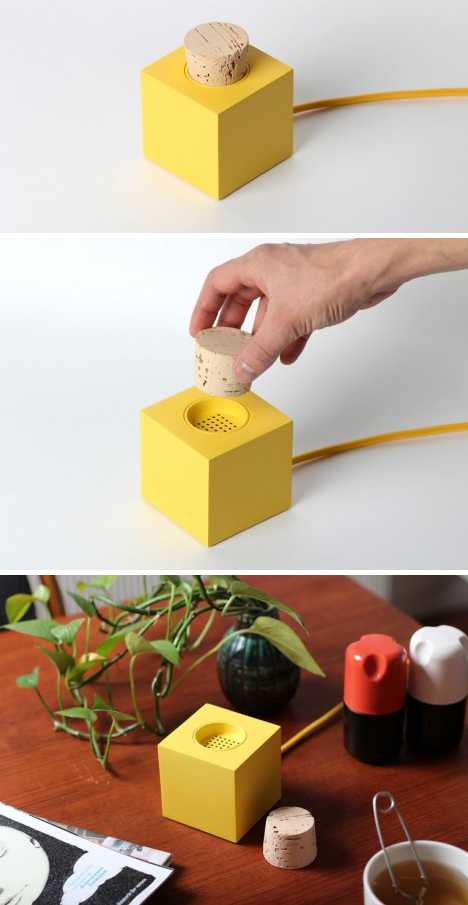 (images via: Leibal Blog)
(images via: Leibal Blog)
The Plugg Radio from Skrekkogle of Norway is more than the sum of its parts, being that said parts appear to be just a yellow cube and a cork. Secreted inside the box, however, is a fully functional AM/FM radio activated when the user removes the cork. So then: plug it in and pull the plug… makes perfect sense!